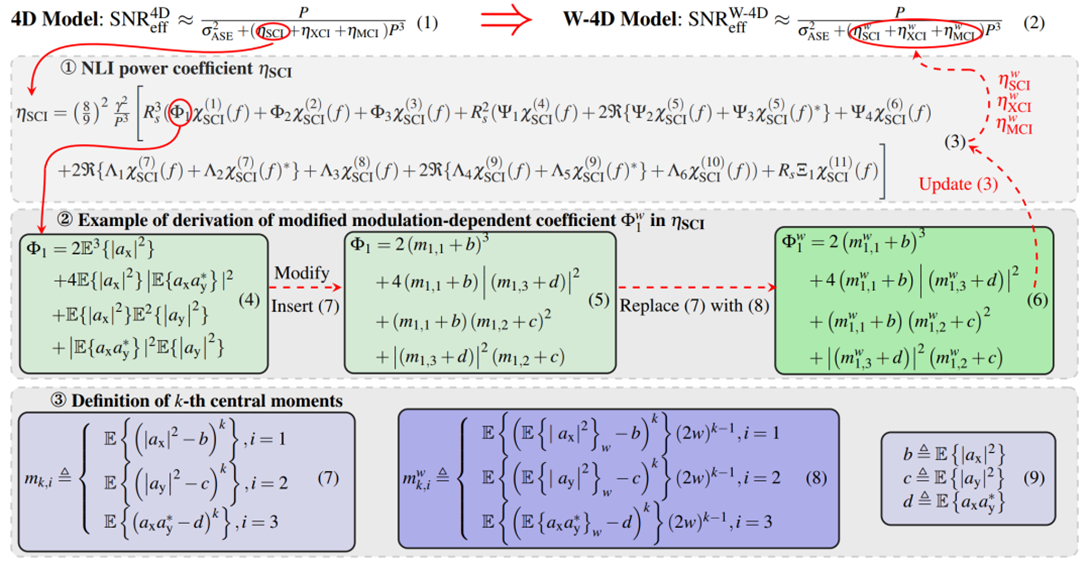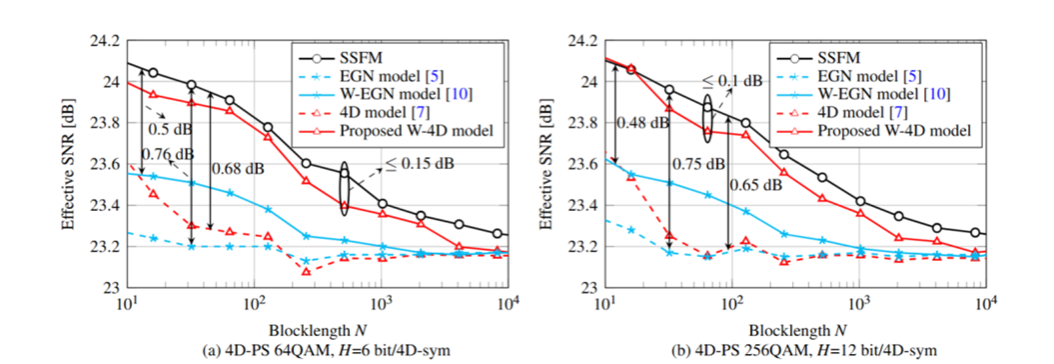Cracking the multi-dimensional symbol noise challenge. A novel 4D model significantly reduces computational complexity, enhances the accuracy of signal-to-noise ratio estimation in optical communications, and greatly diminishes errors, propelling the rapid advancement of optical communication modulation technology. Recently, DENG Jingxin, a 2022 graduate student from our school, has published an academic paper as the first author at the Optical Fiber Communication Conference (OFC), a premier conference in the field of optical communications. This collaborative work was completed by Hefei University of Technology in conjunction with Eindhoven University of Technology in the Netherlands, with Associate Professor CHEN Bin serving as the corresponding author. This paper marks the first time a student from our university has published an academic paper at OFC as the first author.
Paper Title: Predicting Nonlinear Interference forShort-Blocklength 4D Probabilistic Shaping
Authors: DENG Jingxin, CHEN Bin, LIANG Zhiwei, LEI Yi and Gabriele Liga



Fig. 2. Block diagram of optical transmission system with 4D-PS signal. Left: End-to-end implementation with 4D-PS encoder and decoder. The 4D-PS mapper is implemented to transfer 1D-PAS to 4D-PS. Right: SNR prediction of the considered four kinds of analytical NLI models

Fig. 3. Effective SNR vs. blocklength N for nonlinear fiber channel at optimal launch power
This work extended the approach to DP-4D PS formats and derived a new windowed 4D (W-4D) NLI model by introducing time-window averaged moments of the 4D constellation into the model. The preliminary findings showed that the resulting heuristic model could effectively account for both the polarization and time correlations of the 4D symbols. The proposed W-4D model showed good agreement with the split-step Fourier method (SSFM) simulation results, with SNR prediction error within 0.15 dB for all the considered 4D-PS formats with finite blocklength. Moreover, it demonstrated that the existing 2D and 4D models might lead to inaccuracies in the prediction of the SNR of up to 1.72 dB.
The Optical Fiber Communication Conference (OFC) is jointly organized by the Optical Society of America (OSA), the Institute of Electrical and Electronics Engineers (IEEE) Communications Society, and the Laser & Electro-Optics Society (LEOS). It focuses on the latest technological advancements and research hotspots in the fields of optoelectronics and optical communications worldwide. Recognized as the most prestigious, largest, longest-running, and most professional international event in the field of optical communications, OFC will celebrate its 50th anniversary in 2025.
 TOP
TOP